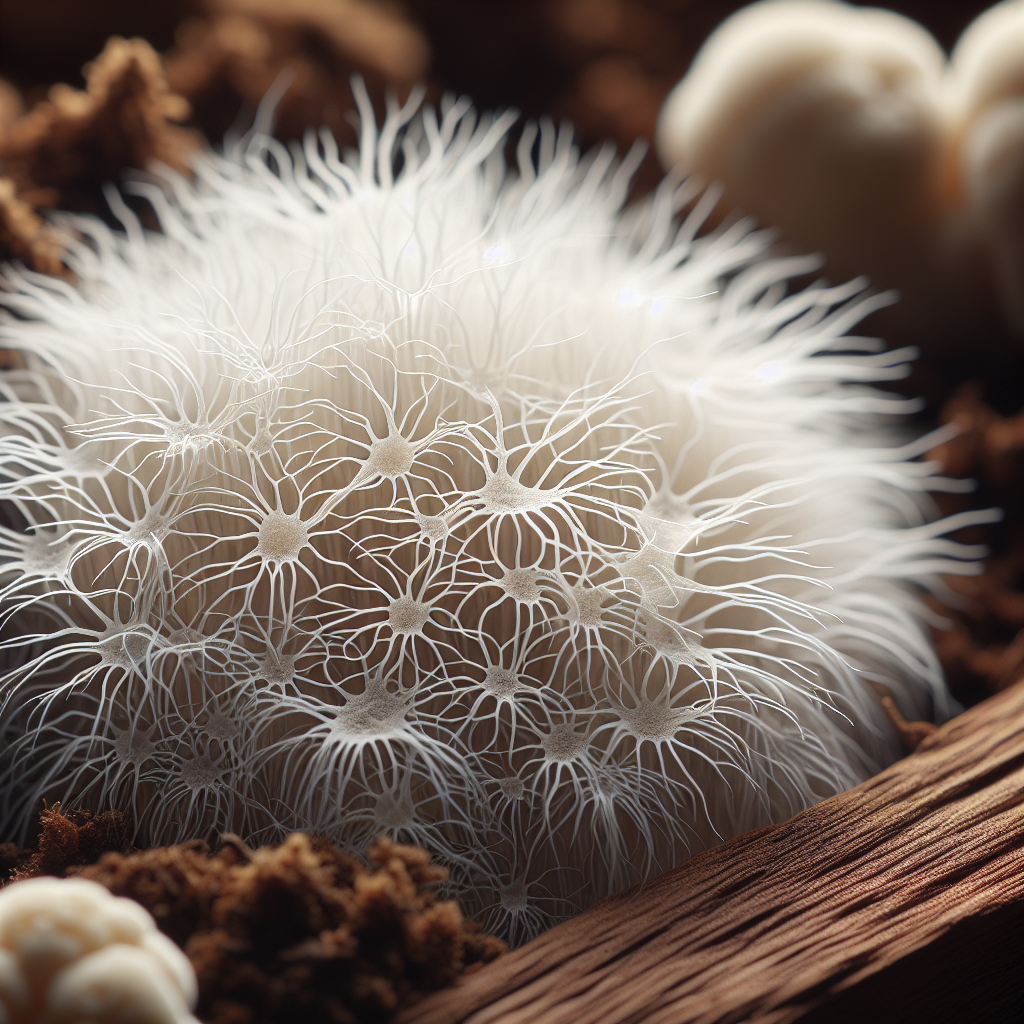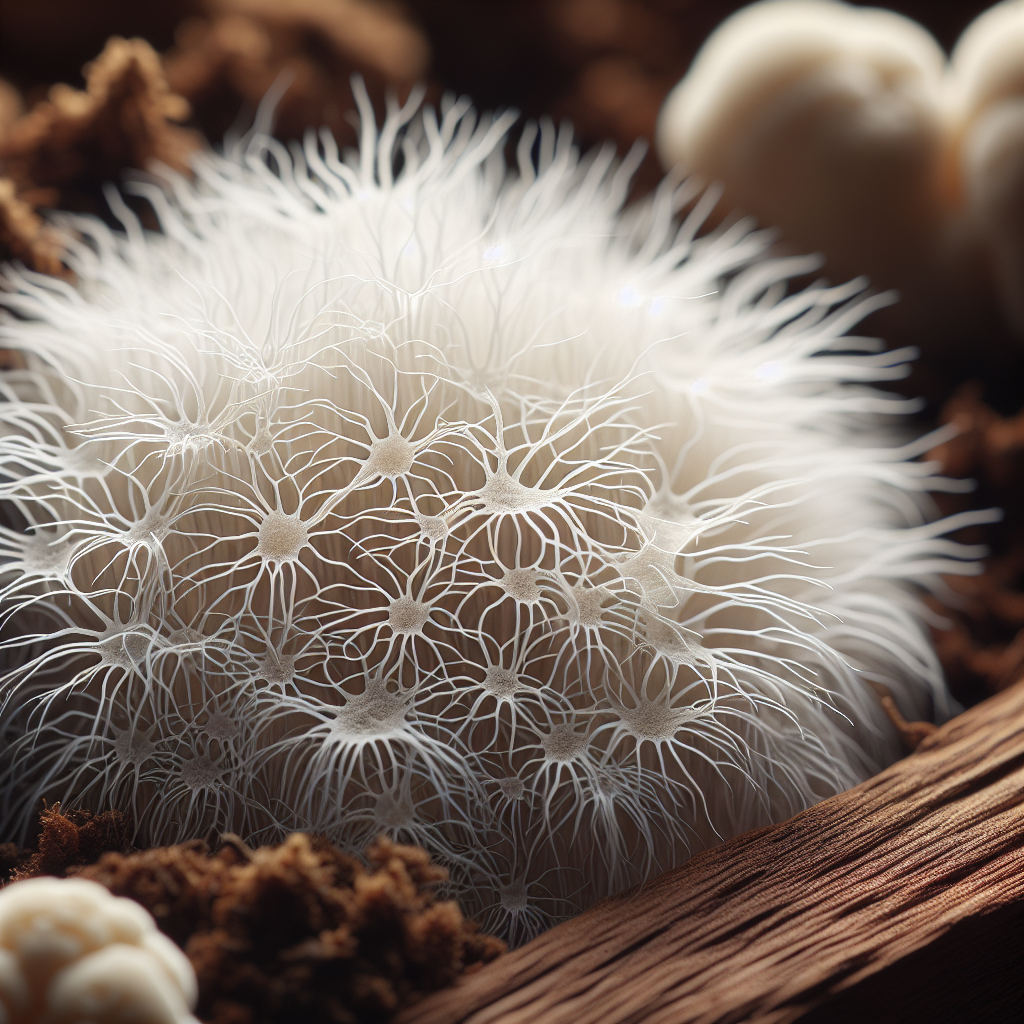Entrenched within the article “Accelerating Mycelium Growth: A Comprehensive Guide,” is a detailed body of knowledge offering the reader insight into the methodology of accelerating the growth of mycelium. In essence, this critical guide provides an in-depth understanding of the subtle art of nurturing and encouraging rapid mycelium growth. The guide dedicates its content to share the optimal conditions, the right nutrients, and tools that you need to expedite your mycelium’s progress. Providing an enriching read, it is an indispensable resource brought to life by experts in the field.

Understanding Mycelium
What is Mycelium?
Mycelium is the vegetative part of fungus. Composed of a net-like mass of hyphae, it is essential to the ecosystem as it decomposes organic material to recycle elements back into the biosphere. Mycelium is the backbone of the fungi kingdom and serves as the intermediary between the living and the dead, connects organisms to each other, and can span over large distances underground.
Significance of Mycelium
Mycelium plays a pivotal role in the ecosystem by acting as nature’s decomposer. This intricate network of fibers decomposes dead organic matter, turning it into healthy, fertile soil. Moreover, mycelium forms associations with plant roots, enhancing nutrient uptake and improving plant health. The importance of mycelium also extends to many human applications, including waste treatment, pest control, and as a source for new pharmaceuticals.
Different Types of Mycelium
There are different types of mycelium according to their structures and functionality. Saprophytic mycelium decomposes dead organic material, parasitic mycelium feeds off living organisms, and mycorrhizal mycelium forms beneficial associations with plant roots. Some mycelium develops complex structures like mushrooms, while others remain invisible within their substrates.
Basic Requirements for Mycelium Growth
Temperature Control
For the optimal growth of mycelium, temperature control is crucial. Most species prefer temperatures between 20° C and 30° C, although this range can vary depending on the specific species. Outside of this range, growth can be slowed or even halted.
Appropriate Substrates
The correct substrate for mycelium growth depends on the mushroom species, but it often includes a mixture of organic material such as straw, wood chips, or grain. The substrate serves as both a food source and a micro-environment where the mycelium can flourish.
Sufficient Moisture
Mycelium needs moisture to develop properly. Without adequate humidity, they might dry out and die. Therefore, hydration of the substrate is a crucial factor in successful mycelium cultivation.
Aeration
Mycelium also requires a supply of oxygen to grow and breathes in much the same way as other organisms. A lack of oxygen can stunt growth, so it’s essential to ensure adequate air exchange in your cultivation area.
Strains and Selecting the Right Species
Determination of Right Species
Each mushroom species has unique requirements for growth, so choosing the right one is key to successful cultivation. This decision is typically based on factors like substrate preferences, temperature requirements, and desired harvest yields.
Understanding the Genus
Understanding the specific genus of the mushroom is essential as it can provide insights into the mushrooms’ growth habits, substrate preferences, and potential yield. For instance, the Psilocybe genus, which contains some psychoactive species, has different growth requirements than the Agaricus genus, which includes common edible mushrooms.
Purchasing High-Quality Strains
Investing in high-quality strains from reputable suppliers ensures better yields and can prevent issues with contamination. Healthy, vigorous strains are more likely to colonize substrates rapidly and produce a prolific harvest.
Mycelium Inoculation and How to Speed it Up
Inoculation Techniques
Inoculation involves introducing an organism into a growth medium where it reproduces. In mushroom cultivation, this typically involves adding spore-infused water or a piece of colonized material to a substrate.
Factors to Consider During Inoculation
Key factors to consider during inoculation include sterilizing the environment and substrate to prevent contamination, maintaining optimal temperature and humidity, and providing sufficient air exchange for the mycelium to grow.
Best Practices for Rapid Inoculation
To accelerate inoculation, use a suitable growth medium and maintain optimal temperature, moisture, and air exchange. Sterilize all equipment and the growth area to prevent competition or contamination from undesirable organisms.

Creating an Optimal Growth Environment
Setting up the Grow Area
Setting up your grow area involves choosing a suitable location, ensuring sufficient light, temperature, and humidity, and preparing your substrate and containers. It also involves sterilizing the area to limit the risk of contending organisms.
Controlling Humidity and Temperature
The optimal growth environment for mycelium involves a delicate balance of temperature and humidity. Specific requirements can vary among species, but typically, you’ll want to aim for a temperature around 24°C and relative humidity above 70%.
Importance of Lighting Conditions
While mycelium doesn’t rely on light for energy like plants do, certain light conditions can influence the development and fruiting of some species. Typically, indirect natural light or low-wattage artificial light works best.
Utilizing Growth Promoting Substances
Natural Stimulants
Natural stimulants like sugars or yeast extracts can accelerate mycelium growth. However, their application must be carefully managed to prevent contamination or overstimulation, which could harm the mycelium.
Research on Enzymes and Hormones
Scientists have identified numerous enzymes and hormones that influence fungal growth and development. Exploiting these substances can enhance the growth rate, yield, and biological efficiency of mycelium.
Potential Risks and Benefits
While these substances can speed up mycelium growth, their application is not without risks, including potential toxicity to humans, animals, and the environment. Therefore, their use must balance the potential benefits against these risks.
Monitoring and Controlling Contamination
Recognizing Signs of Contamination
Recognizing the signs of contamination, such as odd colors, unusual smells, slow growth, or a slimy appearance, can prevent major losses. Early detection and intervention are crucial in controlling contamination.
Immediate Steps to Control Contamination
If contamination is detected, immediate steps should be taken to isolate the affected areas, remove the contaminated material, and sterilize the growing medium and area. It’s also important to investigate and address the source of contamination to prevent reoccurrence.
Preventing Future Contamination
Preventing future contamination involves maintaining strict cleanliness measures, using sterile equipment, and monitoring the growing conditions closely for any signs of contamination.
Pruning and Harvesting Techniques
When to Prune Mycelium
pruning mycelium is necessary to maintain the desired size and encourage the growth of mushrooms. The best time to prune is when the mycelium has fully colonized the substrate.
Effective Pruning Methods
Effective pruning methods involve keeping the pruning cuts clean and sharp, limiting damage to the mycelium, and removing any excess material that could encourage bacterial growth.
Best Practices in Harvesting Mycelium
During the harvesting of mycelium or their fruit bodies (mushrooms), naturally occurring conditions should be minimal interfered with. It’s best to harvest by hand, picking the mature mushrooms carefully to avoid damaging the mycelium network.
Potential Challenges in Accelerating Mycelium Growth
Common Mycelium Growing Issues
Mycelium cultivation can face various challenges, including contamination, insufficient growth due to poor light, temperature or humidity, and problems related to strain selection and inoculation.
Genetic Instability
Another potential challenge is genetic instability, where the mycelium’s genetic material changes over time, leading to uneven growth, decreased productivity, or susceptibility to diseases.
Overcoming Challenges
Overcoming these challenges requires patience, careful observation, and a willingness to adjust cultivation practices as needed. In many cases, simple changes to the growing environment or methods can lead to significant improvements.
Advanced Techniques for Mycelium Growth Acceleration
Experimental Methods
Experimental methods include the use of growth-promoting substances, innovative inoculation techniques, and unique cultivation conditions. These can help the mycelium grow faster and more efficiently, but they require careful planning and management.
Contribution of Technology and Genetic Engineering
Technology and genetic engineering have revolutionized mycelium cultivation. Genetic modifications can enhance specific traits, such as growth speed or resistance to specific diseases, while advancements in monitoring and climate control technology allow for precise control over growing conditions.
Latest Research and Innovations
The field of mycology is constantly evolving, with ongoing research on mycelium and their potential applications. These advances have the potential to greatly impact how we grow mycelium and accelerate their growth. As we continue to learn more about these fascinating organisms, new methods to speed up their growth will continue to emerge.
